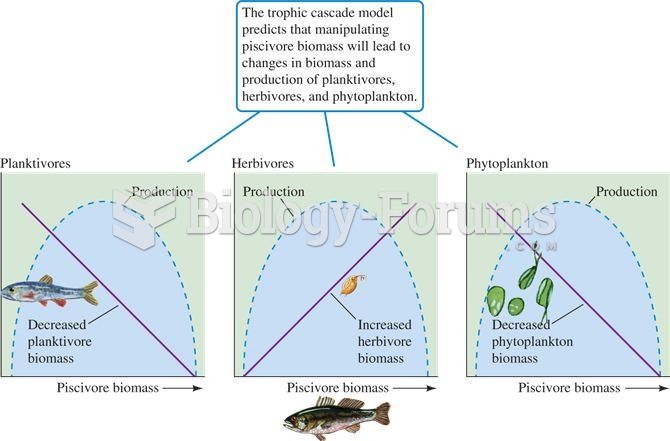|
|
|
Most strokes are caused when blood clots move to a blood vessel in the brain and block blood flow to that area. Thrombolytic therapy can be used to dissolve the clot quickly. If given within 3 hours of the first stroke symptoms, this therapy can help limit stroke damage and disability.
The heart is located in the center of the chest, with part of it tipped slightly so that it taps against the left side of the chest.
A seasonal flu vaccine is the best way to reduce the chances you will get seasonal influenza and spread it to others.
You should not take more than 1,000 mg of vitamin E per day. Doses above this amount increase the risk of bleeding problems that can lead to a stroke.
In 1844, Charles Goodyear obtained the first patent for a rubber condom.
 An oral contraceptive showing the daily doses and the different formulation taken in the last 7 days
An oral contraceptive showing the daily doses and the different formulation taken in the last 7 days
 The National Organization for Women holds a rally in Illinois for the Equal Rights Amendment. In ...
The National Organization for Women holds a rally in Illinois for the Equal Rights Amendment. In ...





